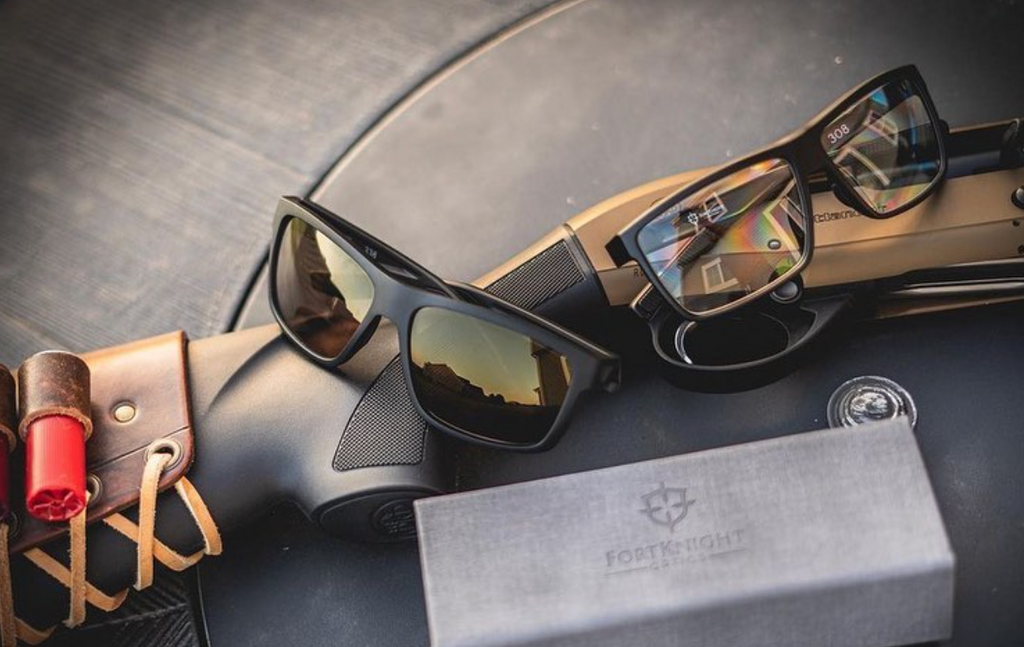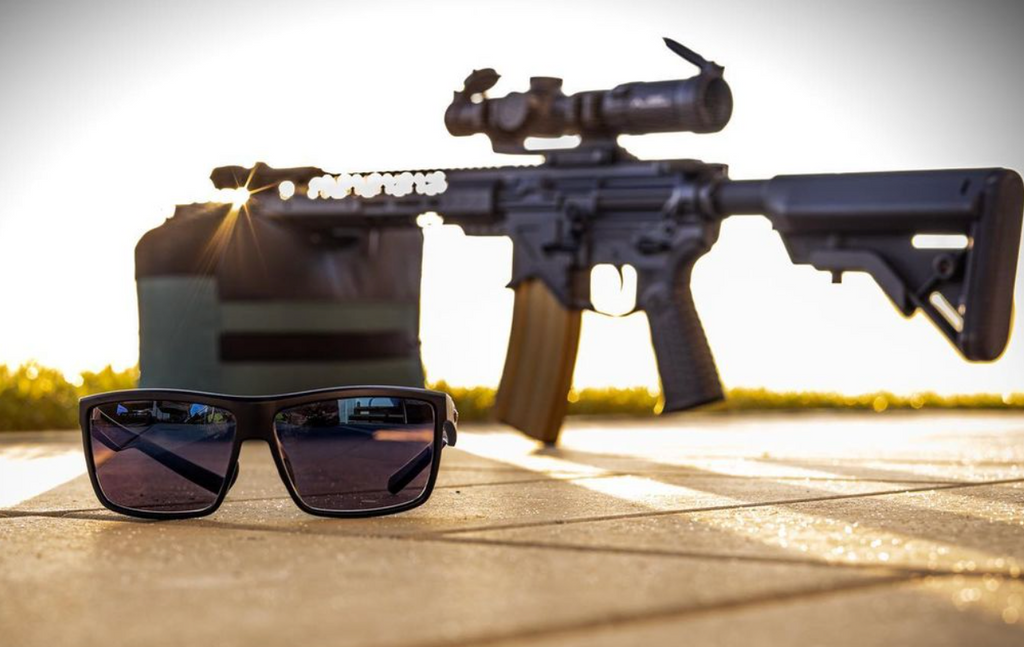What to Keep in Your Kit
Your kit goes much deeper than a plate carrier
Whether you're an outdoor enthusiast, a frequent traveler, or simply someone who values being ready for unexpected situations, having a well-stocked kit can make all the difference. Many people think that a kit just consists of a plate carrier with a few extra magazines, but it is much more than that. There also is a common misconception that a kit is only for doomsday preppers, or those who are in the line of duty, such as law enforcement and military.
However, a kit isn't just about being prepared for emergencies or being shot at; it's about ensuring you have the essentials to handle various scenarios comfortably. That being said, we have compiled a list of the most important items to keep in your kit at all times, for all situations.
Let’s dive in.
Essential Items to Keep in Your Kit

1. First Aid Supplies:
Whether you are an avid wilderness explorer or you are in a survival situation, danger lurks around every corner. It is the unfortunate reality of the world that we live in, and that is why having first aid supplies in your kit is absolutely essential. Even if it is just a small IFAK, it is necessary. Here are some crucial first aid items:
- Tourniquet
- Medical gloves
- Bandages
- Gauze
- Rubbing alcohol
2. Survival Gear:
Survival gear is not just a multitool and firestarter. That being said, you won’t be able to fit every piece of survival equipment that we list on your immediate kit, but these are some great pieces of gear to keep in your supply.
- Emergency blanket or sleeping bag: You never know where you will need to sleep for the night, and that can be in the cold
- Multi-tool with a knife, scissors, and other attachments: Whether you need to cut something, carve something, or defend yourself
- Whistle for signaling: If you are lost, this is ideal
- Waterproof matches or a lighter: Obviously necessary to start fires that can be used to cook food, or keep you warm
- Flashlight or headlamp with extra batteries: Not everyone carries night vision on them, and you don’t want to be trapped in the dark with nothing to see. A light source is essential for your kit.
- Compass or GPS device: Your phone is not guaranteed to work, so having a sense of direction is good.
- Duct tape: Can fix just about anything or hold it together long enough to be used
3. Hygiene and Sanitation:
Not having good personal hygiene can be deadly. So here are a few hygiene items to keep in your kit:
- Hand sanitizer or antibacterial wipes
- Travel-sized soap
- Toothbrush and toothpaste
- Toilet paper or tissues
- Feminine hygiene products (if applicable)
- Disposable bags
4. Shelter and Protection:
Having something to sleep under is an essential part of your kit, but also protecting your wellbeing is something to consider. Now you don’t need a full blown tent that can fit 8 people, but you do need some sort of protection.
- Tarp or emergency shelter
- Lightweight poncho or raincoat
- Sunscreen and lip balm with SPF
- Insect repellent
- Sunglasses
- Hat or cap for sun protection
- Shooting or hunting glasses for eye protection in the low light conditions
- Gloves for warmth or protection
5. Food and Water:
It is always advised to keep enough food and water in your kit for 3 days, but also to have water purification tablets in case you are forced to drink from other sources. Here are some consumables to keep in your kit:
- Non-perishable snacks like energy bars or trail mix
- Water purification tablets or filtration system
- Collapsible water bottle or canteen
- High-energy foods like dried fruits or nuts
6. Communication:
Think about it, if you are in a life or death situation, you may not be within reach of your phone, or you may not have service. There also is the possibility of an attack on the electric grid, which is why you need to have reliable comms in your kit. This can include items such as:
- Crank radio with extra power bank
- Emergency contact list
- Whistle or signaling mirror
- Pen and paper
7. Customize Your Kit:

Consider your specific circumstances and tailor your kit accordingly. If you have pets or children, include supplies for them. If you're traveling to a remote area, pack additional navigation and communication tools.
Maintaining and Organizing Your Kit
Regularly check and update your kit. Replace expired items, replenish used supplies, and adjust contents based on changing needs.
When it comes to storage, this part is important. If you are looking to have a lot of items that you can throw in a vehicle and go, you want them to be easily accessible. If your kit just consists of things that you wear, it (like a plate carrier and chest rig) can be stored a bit easier or even kept in your vehicle. Use a durable, waterproof container or backpack to store your kit. Consider compartmentalizing items for easy access and organization.
Training

Having the right gear is crucial, but knowing how to use it effectively is equally important. Take first aid and survival training courses to enhance your skills and confidence in emergency situations. Aside from that, take the time to step out into the wilderness and see how you fair in survival scenarios, see if you can start a fire and cook food over it, and learn to shoot.
Wrap Up
Being prepared isn't just something that doomsday preppers do or people who are wearing tinfoil hats; it's a mindset. By assembling a well-thought-out kit with essential items tailored to your needs, you can navigate unexpected challenges with confidence and resilience. Remember, it's not just about having the gear; it's about knowing how to use it and staying calm in the face of adversity, and in reality, you truly never know when or wear you will need your gear.
So, whether you're embarking on a wilderness adventure or simply preparing for the unexpected, invest the time and effort into building a kit that can see you through any situation.
What is in your kit? Let us know!
Be sure to follow FortKnight Optics on Instagram!






